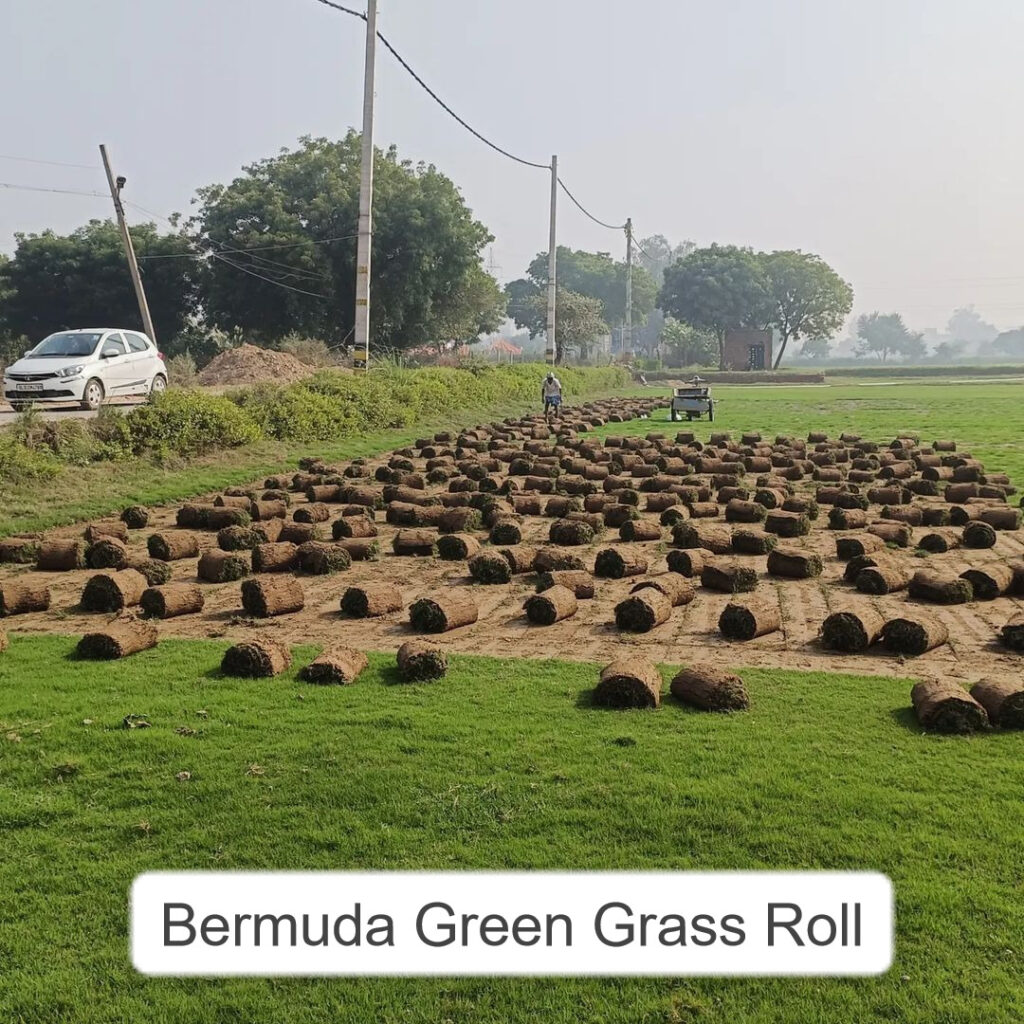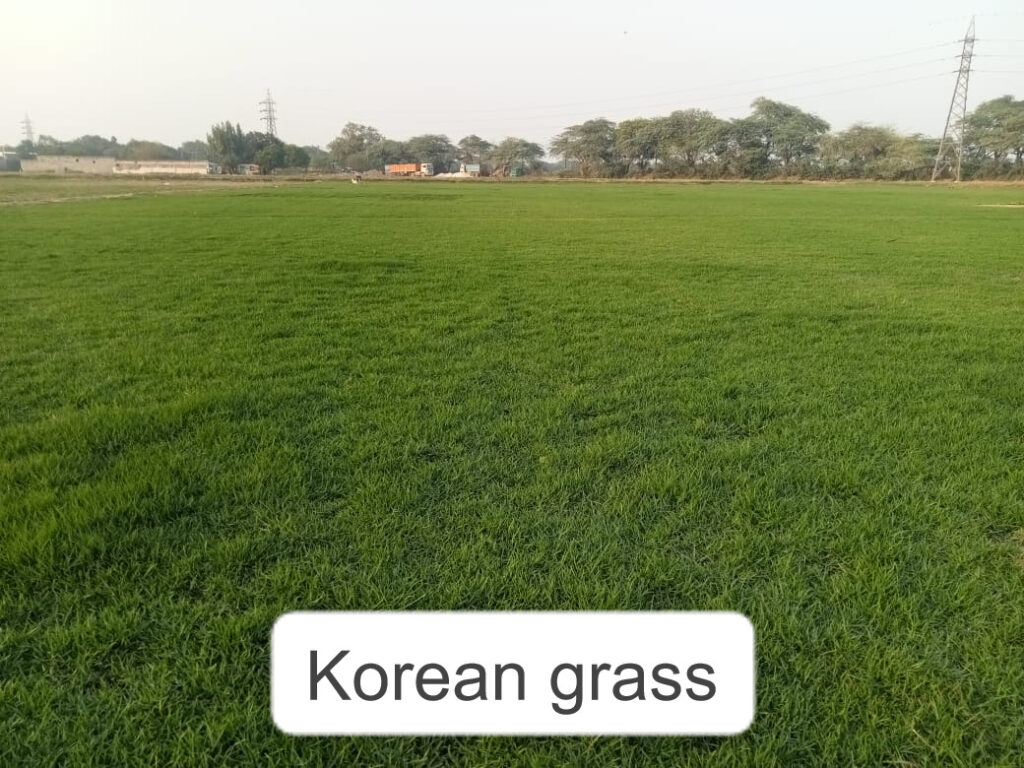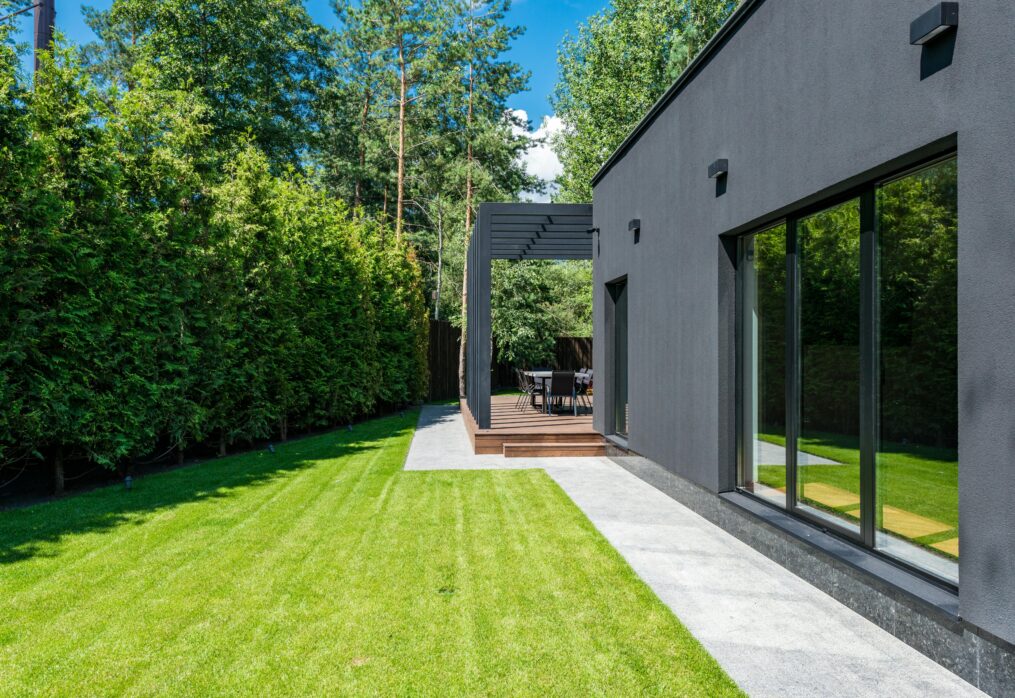How to Choose the Best Lawn Grass for Your Backyard
Choosing the best lawn grass for your backyard depends on several factors, including climate, soil type, and intended use. Understanding warm-season vs. cool-season grasses helps determine which thrives in your region, while considering low-maintenance grass types can save time on upkeep. If your yard has limited sunlight, selecting the right grass for shady lawns is crucial, and for those in dry climates, drought-resistant lawn grass ensures a lush, green yard with less water. Families with pets or children should look for pet-friendly grass options or best grass for a backyard with kids to withstand high traffic. To make an informed decision, ask yourself, “What type of grass is best for my climate?” and “How to select the right grass for your soil type?” Whether you’re comparing grass seed vs. sod or searching for the best turfgrass varieties, a well-planned backyard grass selection ensures a beautiful, long-lasting lawn.
Introduction
A lush, green lawn is the dream of every homeowner. But before you dive into planting, it’s essential to choose the right lawn grass for your backyard. The right choice depends on factors like climate, sunlight, soil, water needs, and maintenance levels. Let’s walk through everything you need to know to pick the perfect grass for your lawn.
Understanding Your Climate Zone
Not all grass types thrive in every region. Lawn grasses fall into two main categories:
Warm-Season Grasses
These grasses thrive in hot temperatures and grow best in southern regions. Examples include:
- Bermuda Grass – Heat-tolerant, fast-growing, and durable.
- Zoysia Grass – Dense, weed-resistant, and slow-growing.
- St. Augustine Grass – Prefers humid climates and offers thick coverage.
Cool-Season Grasses
If you live in a region with cold winters and mild summers, these grasses work best:
- Kentucky Bluegrass – Soft texture, vibrant green, but requires more maintenance.
- Fescue Grass – Drought-resistant, ideal for shaded areas.
- Perennial Ryegrass – Germinates quickly and is excellent for high-traffic areas.
Assessing Sunlight and Shade Conditions
Before selecting grass, evaluate how much sunlight your backyard receives.

Full Sun Lawns
If your yard gets 6+ hours of direct sunlight daily, opt for:
- Bermuda Grass
- Kentucky Bluegrass
- Zoysia Grass

Partial Shade and Full Shade Options
For yards with minimal sunlight, consider:
- Fescue Grass (handles moderate shade well)
- St. Augustine Grass (thrives in partial shade)
- Fine-leafed varieties of Zoysia Grass
Considering Soil Type and Quality
Different grasses prefer different soil conditions. Conduct a soil test to determine its pH and composition.
- Sandy Soil – Drains quickly but may require more frequent watering. Bermuda and Buffalo Grass work well.
- Clay Soil – Retains moisture but can get compacted. Fescue and Zoysia perform better here.
- Loamy Soil – The ideal balance of drainage and nutrients for most grass types.
Traffic and Usage Needs
Do you have kids or pets frequently playing on the lawn? Choose grass that can withstand heavy foot traffic:
- High-Traffic Lawns: Bermuda, Kentucky Bluegrass, Perennial Ryegrass
- Low-Maintenance Options: Buffalo Grass, Fine Fescue
Drought Resistance and Water Requirements
If water conservation is a priority, opt for drought-resistant varieties like:
- Buffalo Grass
- Bermuda Grass
- Zoysia Grass
Lawn Grass Maintenance Needs
Consider how much time you can dedicate to lawn care. Some grasses need frequent mowing, fertilization, and pest control.
- Low-Maintenance Grasses: Buffalo, Fine Fescue
- High-Maintenance Grasses: Kentucky Bluegrass, Bermuda Grass
Choosing Between Sod, Seed, or Artificial Turf
- Seed: More affordable but takes longer to establish.
- Sod: Instant lawn but more expensive.
- Artificial Turf: Maintenance-free but lacks the natural feel.
Cost Considerations
Grass costs vary based on type and method of installation. Some budget-friendly options include Fescue and Buffalo Grass, while sod installation or hybrid varieties may cost more initially.
Eco-Friendly and Native Grass Options
Native grasses require less water, fertilizer, and maintenance. Examples include:
- Buffalo Grass
- Fine Fescue
- Native Bentgrass
Seasonal Lawn Care Tips
- Summer Care: Water deeply, mow higher, and avoid heavy fertilization.
- Winter Care: Reduce watering, overseed cool-season grasses, and aerate soil.
Common Mistakes to Avoid
- Choosing the wrong grass for your climate
- Overwatering or underwatering
- Ignoring soil preparation
Final Thoughts and Recommendations
Choosing the best lawn grass depends on climate, sunlight, soil type, and maintenance commitment. Whether you need a lush play area or a low-maintenance backyard, there’s a perfect grass for you.
FAQs
1. What is the easiest grass to maintain?
Buffalo Grass and Fine Fescue require minimal upkeep.
2. Can I mix different grass types?
Yes! Many homeowners mix grasses to improve resilience and aesthetics.
3. How often should I water my lawn?
Most lawns need about 1-1.5 inches of water per week.
4. What grass grows fastest from seed?
Perennial Ryegrass germinates quickly within 5-10 days.
5. How do I improve poor soil for grass growth?
Add compost, aerate, and adjust soil pH based on testing results.
Last Updated on 9 months ago by Anjali Mehra Ph.D. in Horticulture (Punjab Agricultural University)
- Grass Types that Survive Frost & Snow (Uttarakhand-Specific) - December 6, 2025
- Low-Water Grass Varieties for Hilly Homes in Uttarakhand - December 1, 2025
- Mexican Grass vs Bermuda Grass – Which is Best for Indian Lawns? - November 28, 2025
